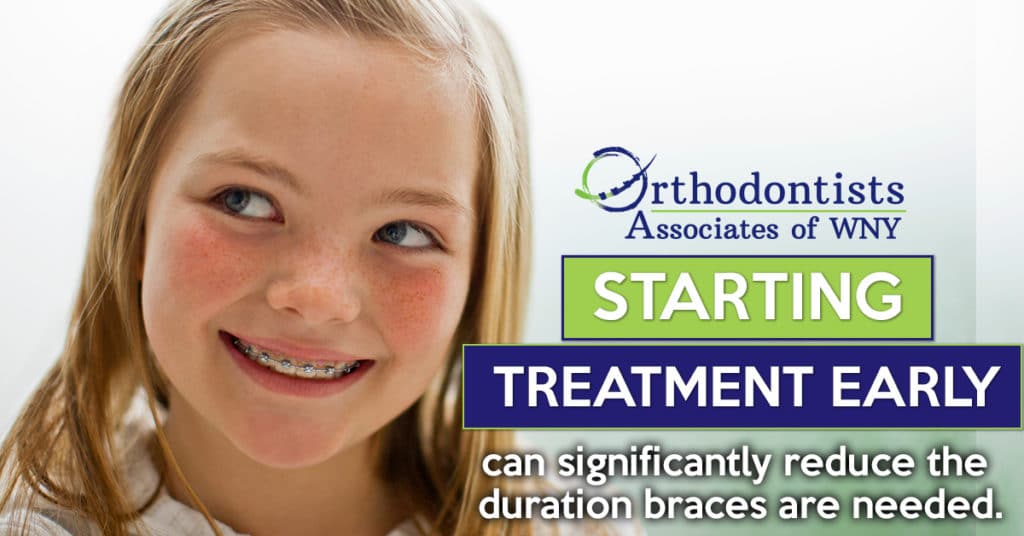Unknown Facts About Legacy Orthodontics
An orthodontist is a dental expert educated to diagnose, avoid, and treat teeth and jaw abnormalities. Orthodontists work with individuals of all ages, from children to adults.
Malocclusion, or misaligned teeth, can result in dental issues, including tooth degeneration, periodontal disease, and tough or uncomfortable eating. However not everyone is birthed with straight teeth. If you have a negative bite or large areas between your teeth, you might want to seek advice from a dental expert concentrating on orthodontic care.
Everything about Legacy Orthodontics
( Picture Credit: DigitalVision/Getty Images) Orthodontists use fixed and removable dental gadgets, like dental braces, retainers, and bands, to transform the placement of teeth in your mouth. Orthodontic treatment is for dental irregularities, including: Misaligned teethBite troubles, like an overbite or an underbiteCrowded teeth or teeth that are also far apartJaw misalignmentThe goal of orthodontic therapy is to improve your bite.
While you might think of orthodontists as generally for kids or young adults who require braces, they can fix dental problems at any type of age. Orthodontists go to college, oral college, and orthodontic institution.
, yet not all dental professionals are orthodontists. They focus on two areas: Exactly how to effectively and securely relocate teeth How to effectively guide growth in the teeth, jaw, and faceOnce an orthodontist has actually completed training, they have the option to come to be board certified.
More About Legacy Orthodontics
Malocclusion leads to tooth congestion, a misshapen jaw, or irregular bite patterns. Malocclusion is typically treated with: Your orthodontist attaches steel, ceramic, or plastic square bonds to your teeth.
Some individuals require a headgear to help relocate teeth right into line with pressure from outside the mouth. A retainer is a custom-made gadget that keeps your teeth in place.
They're frequently used on kids. They can develop extra room in the mouth without needing to draw teeth. If you have a significant underbite or overbite, you may require orthognathic surgical procedure (also called orthodontic surgical treatment) to lengthen or shorten your jaw. Orthodontists make use of cables, surgical screws, or plates to sustain your jaw bone.
You may require to see an orthodontist if you have: Crowding or not adequate area for all of your teethOverbite, when your upper teeth come over your bottom teethUnderbite, when your bottom teeth are also much forwardSpacing or problems with gapsCrossbite, which is when your top teeth fit behind your base teeth when your mouth is closedOpen bite or an upright space in between your front bottom and upper teethMisplaced midline, when the center of your base and upper teeth do not align Fixing an oral malocclusion can: Make attacking, eating, and speaking easierImprove the proportion of our face and your overall appearanceEase pain from temporomandibular joint problemsDifferent your teeth and make them easier to cleanse, helping prevent dental caries or dental caries It's usually a dental expert who initially notices misaligned teeth during a regular exam.
What Does Legacy Orthodontics Do?

Throughout your very first orthodontic consultation, you'll likely have: An oral examPhotos taken of your face and smileDental X-raysPanoramic (360 level) X-rays of your face and headImpressions to develop mold and mildews of your teethThese examinations will certainly assist your orthodontist know how to continue click for source with your treatment. leesburg orthodontics. An orthodontist is a dental professional that's had training to treat your teeth and jaw
An orthodontist is focused on your bite, so something like a damaged tooth would certainly be dealt with by a dental practitioner. Orthodontists are focused on your bite, or the method your teeth fit with each other, and the straightness of your teeth.
Ever wondered how celebrities always appear to have flawlessly aligned teeth? Orthodontists are oral professionals that concentrate on dealing with irregularities in the teeth and jaws.
See This Report on Legacy Orthodontics

While dental braces are one of the most commonly identified orthodontic therapy, orthodontists have a varied toolkit at their disposal. The certain method selected relies on the seriousness of the case, the person's age, and specific choices. These reliable dental braces make use of a system of braces adhered to the teeth and connected by cords.
Clear aligners, like Invisalign, are a popular choice for patients seeking a much more discreet therapy option. These removable trays are customized to considerably shift the teeth's placement. Headgear may be used together with braces or aligners to apply extra targeted forces, particularly for correcting jaw disparities. In cases of slim jaws, palatal expanders can be made use of to create space for proper tooth positioning.
Comments on “The Ultimate Guide To Legacy Orthodontics”